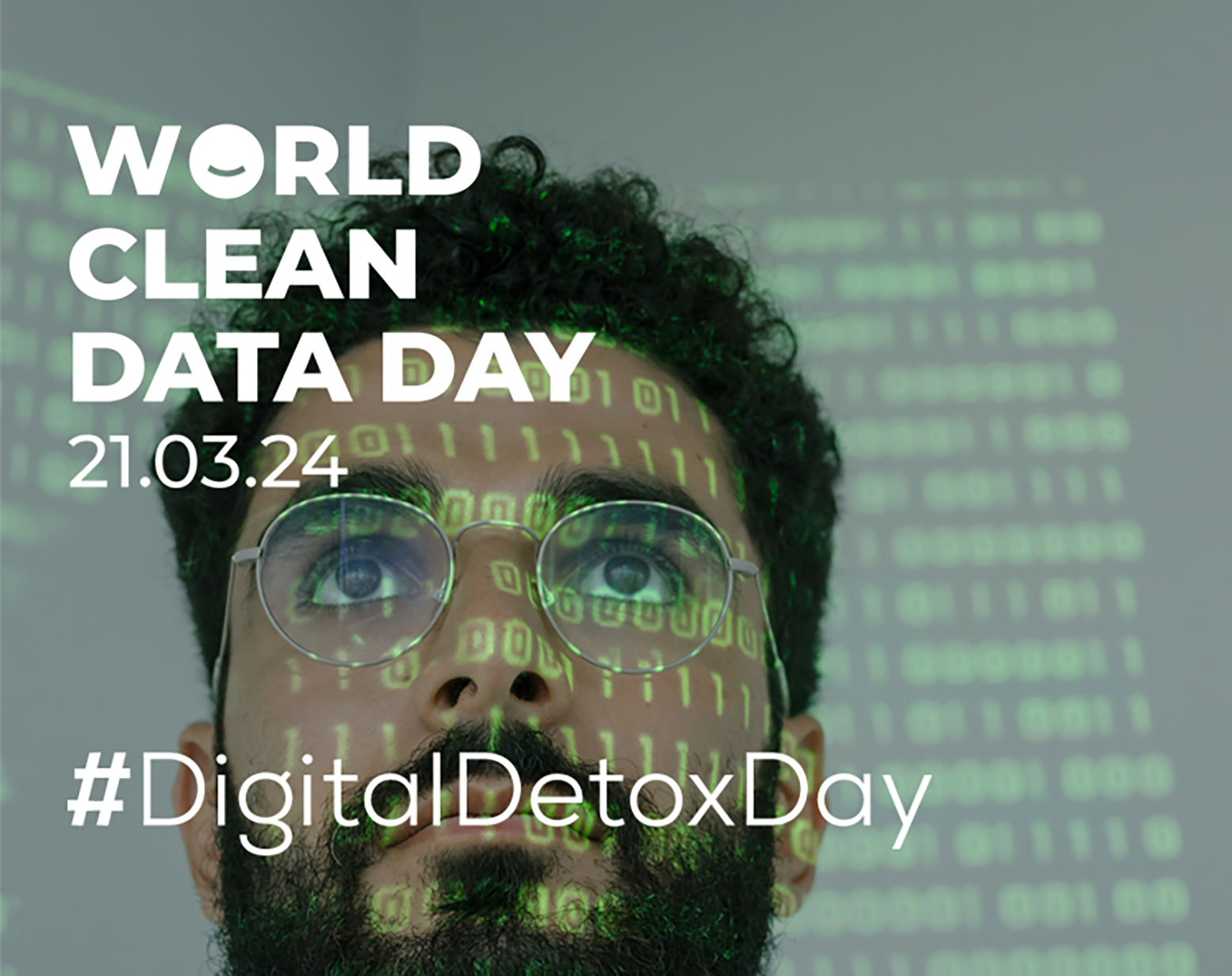Blue hydrogen is produced mainly from natural gas, using a process called steam reforming, which brings together natural gas and heated water in the form of steam. The output is hydrogen – but also carbon dioxide as a by-product. That means carbon capture and storage (CCS) is essential to trap and store this carbon.Blue hydrogen is sometimes described as ‘low-carbon hydrogen’ as the steam reforming process doesn’t actually avoid the creation of greenhouse gases. Blue hydrogen is currently being tested as a blend in the natural gas network. One may ask why would you split up natural gas only to blend it with natural gas?
More From The Blog

- World Clean Data Day 2024

- DTM Legal Partners with Carbon Happy World to Strengthen ESG Commitment in Liverpool City Region

- Embracing Sustainability: Your Pathway to Procurement Success

- What does the future of ESG Reporting look like?

- Carbon Happy World tell you what double materiality and ESG reporting is.
